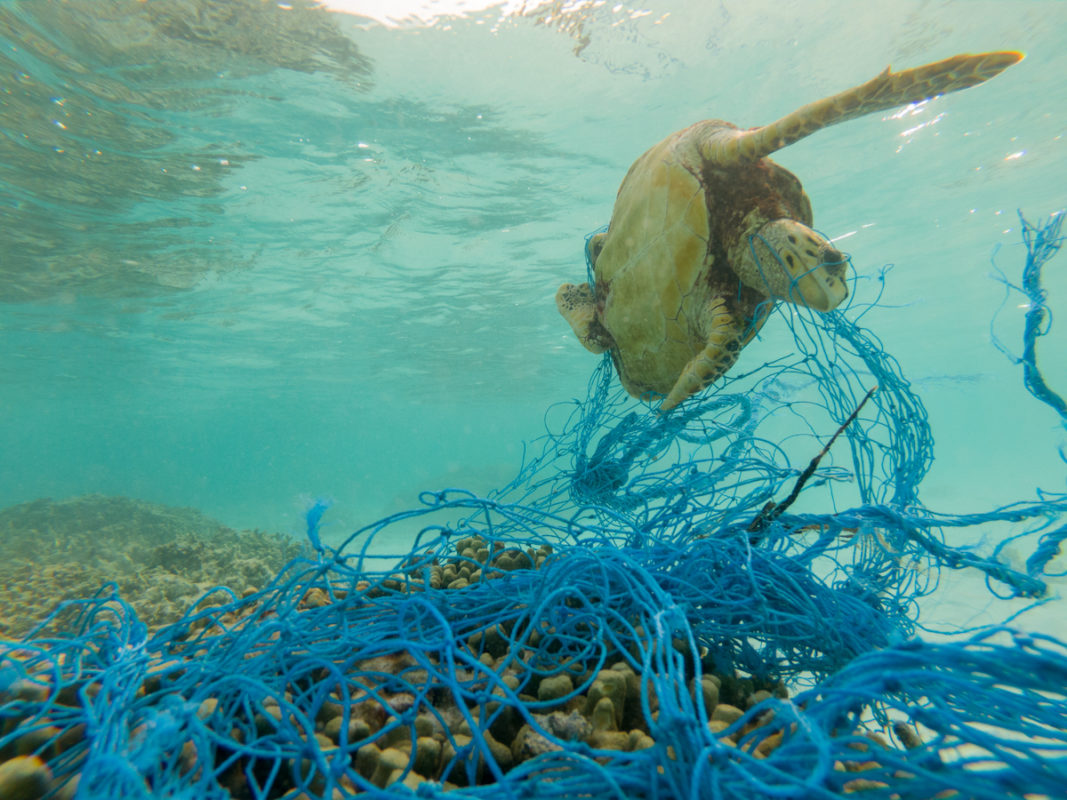Agriculture uses a humongous amount of plastic.
From mulching and irrigation to fishing gear and greenhouse films, polymers help farmers, foresters and fishers maintain livelihoods, enhance production, reduce crop losses and conserve water.
Now new research shows that despite their many benefits, agricultural plastics are emerging as a threat to environmental sustainability. When they are damaged, degraded or discarded in the environment, plastics pose a serious risk of harm to human and ecosystem health.
“The majority of agricultural plastics are single-use products, although their useful lifespan varies depending on the application and region of the world in which they are used,” observes the report by the United Nations Food and Agriculture Organization. “The vast majority, however, become waste within a twelve-month period,.”
The report prescribes deploying a 6R model to better manage agricultural plastics: Refuse, Redesign, Reduce, Reuse, Recycle and Recover.
In 2019, agricultural value chains gobbled up a staggering 12.5 million tonnes of plastic for plant and animal production. Another 37.3 million tonnes went towards food packaging.
The report cites crop production and livestock sectors as the largest users, accounting for 10 million tonnes per year collectively, followed by fisheries and aquaculture with 2.1 million tonnes and forestry with 0.2 million tonnes. Asia emerged as the largest consumer of agricultural plastics, accounting for half of the global usage.
Plastics are an almost indispensable part of day-to-day living, valued for their comparative benefits over other materials. The versatility and variety of plastic polymers, their ease of manufacture, physical properties and affordability make them the material of choice for many applications in agriculture.
They are used for mulch, silage, tunnel and greenhouse films, irrigation tubes and drip lines, bags, sacks and bottles — even as coatings on fertilizers, pesticides and seeds. They also find application as non-woven protective textiles, fruit and plant protectors and as nets, ropes, lines, traps and enclosures to catch wild fish and farm fish and other aquatic species.
“Plastics have become ubiquitous since their widespread introduction in the 1950s,” the report states. “Their properties, functionality and relatively low cost have made them the polymers of choice for the creation of an extensive range of products, thereby helping transform food value chains, as well as massively increasing consumer choice.”
Ironically, the very same properties that make plastics so useful also present a disposal challenge at the end of their intended lives, which consequently poses the environmental threat.
Sorting and recycling is made difficult by the variety of polymers and additives blended into plastics. Few microorganisms are capable of degrading conventional plastics in a timely manner, so they remain in the environment for decades or longer. And with the growing appetite for plastics there is increased leakage of plastics into the environment, which hinders ongoing efforts to mitigate plastic pollution.
“The amount of plastic from agricultural sources that leak into the environment is largely unknown; however, what is becoming clear is the extent to which plastics, in general, can exert adverse effects on both ecosystems and individuals,” the report observes. “As conventional plastics are generally resistant to biodegradation, they can persist in the environment and continue to cause harm long after they have reached the end of their useful lives.”

Agricultural plastics typically enter the environment when they damaged, degraded or discarded. Once in the environment, plastics cause widespread harm to marine and terrestrial ecosystems in three main ways: through physical effects, such as entanglement or entrapment; chemical effects, such as the release of additives or combustion products; and biological effects, such as root impediment or tissue/cellular damage.
The type and severity of harm caused by plastics is generally a function of their size, with particles smaller than 5 mm — so-called microplastics — currently receiving considerable attention.
Some of the measures suggested to possibly mitigate the problem include avoiding the use of plastics through the adoption of more sustainable agricultural practices. These could include conservation agriculture and the use of cover crops instead of mulching films. The report also suggests that plastics like greenhouse films could be replaced with more durable alternatives, such as glass or polycarbonate.
It further suggests replacing non-biodegradable conventional polymers with biodegradable polymers that have biodegradation properties adapted to their specific use. Business models should also be redesigned so that manufacturers or distributers of plastic products provide them as part of a service, rather than as a single transaction sale of goods.
Additionally, the researchers recommend rapidly establishing extended producer responsibility schemes and introducing national plastic management plans.
Image: Vegetable plants mulched with plastic. Photo: Shutterstock/Tapat.p
